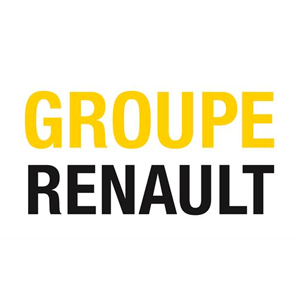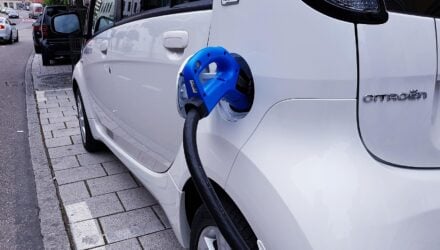
Groupe Renault is proud to celebrate the production of the millionth vehicle at the Renault-Nissan plant in Tangier: a five-seat, Azurite Blue Dacia Lodgy powered by a diesel engine and sold to a customer in Turkey.
In all, 474,840 Sanderos, 320,078 Dokkers and 193,181 Lodgys have been manufactured in Tangier since the plant’s inauguration in 2012. In addition to covering the Moroccan market, the models built at the factory are exported to more than 73 destinations.
The inauguration of the Tangier plant’s first production line in February 2012, in the presence of His Majesty the King Mohammed VI and Carlos Ghosn, CEO, Groupe Renault, and the launch of a second line in 2013, marked a turning point in Morocco’s automotive sector. Indeed, it was the birth of the biggest car manufacturing plant south of the Mediterranean.
Today, the plant operates in three eight-hour shifts per day, six days a week, with an annual production capacity of 340,000 vehicles. The Renault-Nissan Tangier plant, a main driver of the Moroccan economy, supports Dacia brand growth by exporting the majority of its production. Half of all Dacias are produced in Morocco at either the Tangier plant or at the SOMACA facility in Casablanca.
Groupe Renault implanted in Morocco since 1928 and is the number one manufacturer in the Moroccan market with its two brands, Dacia and Renault. Four vehicles out of 10 sold in Morocco are sold by the Groupe Renault. The Renault plant in Casablanca (SOMACA) has produced Renault models since 1966, and Dacia model since 2005.
As Groupe Renault’s first plant designed to generate zero CO2 emissions and zero industrial effluent discharges, Tangier continues to set an example in the automottive industry today.
A ‘CO2 emissions-free’ design based on two pillars:
More than 90 percent of needs fulfilled by renewable energies, notably through an innovative biomass heating plant (100,000 tonnes of CO2 emissions saved per year).
Energy efficiency for optimised consumption performance (energy savings of 45 percent* in the paint shop).
The elimination of industrial effluent discharges through:
100 percent recycling of industrial wastewater. A true, closed-loop treatment plant that saves around 900 cubic metres of water per day.
Controlled consumption of industrial water, through optimized processes. A saving of 70 percent compared to a conventional plant with equivalent capacity.







